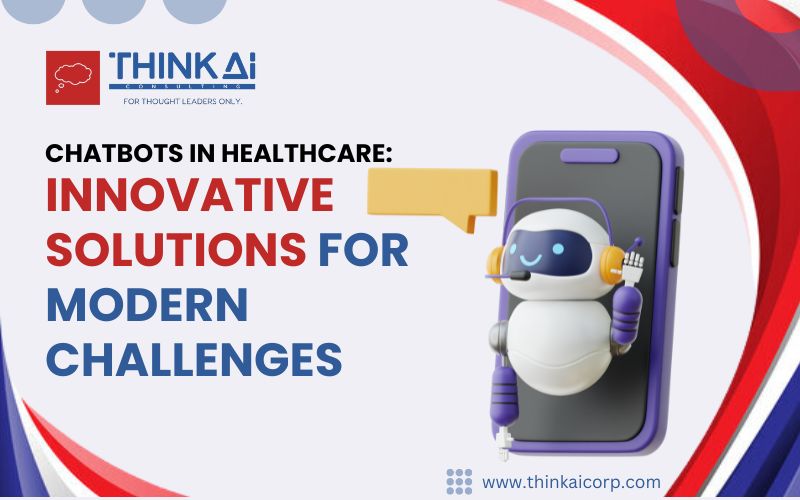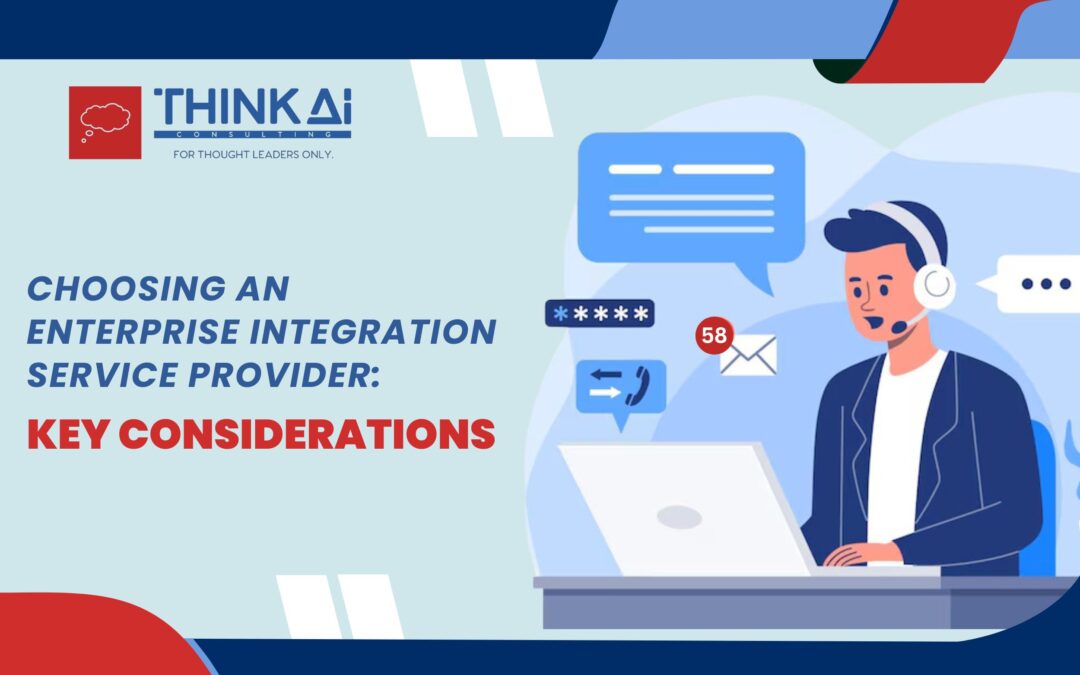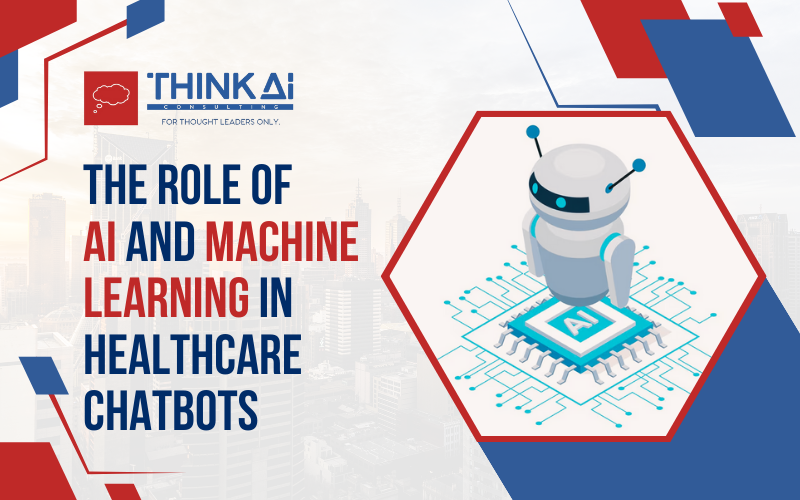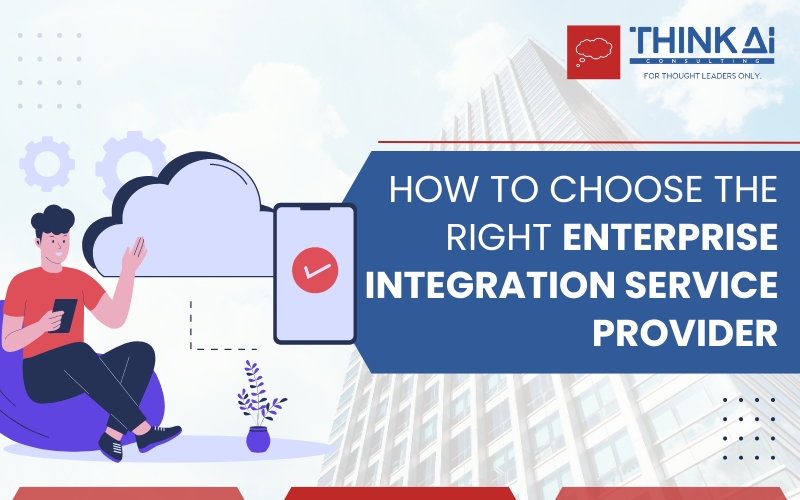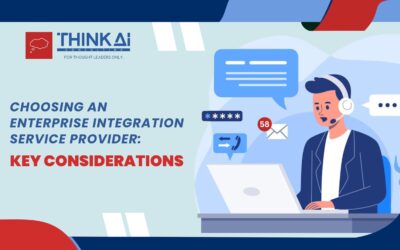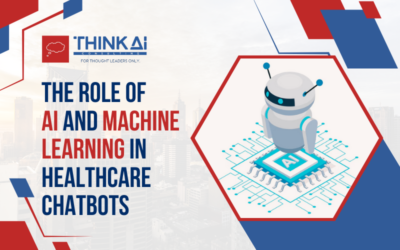At present corporates are highly enthused about chatbots. As chatbots help to enhance customer services without boosting their operational cost. But why are customers so enthusiastic about it?
Customers nowadays do not have the time to wait on hold to speak with a customer service person. They’re looking for answers and that too on an immediate basis. Through chatbots, customers can communicate in real-time and receive instant answers to their queries. This ‘no-time response’ ability has made the chatbot the fastest-growing communication channel.
What will the state of chatbots be in 2022?
In 2021, chatbots will be widely used in a variety of industries, including insurance, finance, healthcare, eCommerce, retail, and more. Chatbots are expected to pervade the workplace by 2022, enhancing the employee experience and Chatbot services
According to Gartner, 70% of white-collar workers will communicate with conversational bots to speed up their job by 2022.
Instead of searching through tens of documents for a piece of information, an employee might now do so with just a voice or text command. Doesn’t it sound fascinating? Let’s have a look at some additional stats and predictions for the chatbot market in the following year. Think Ai provides the best chatbot services.
Key stats on chatbots
As per reports, the worldwide chatbot market is expected to grow from USD 2.9 billion to USD 10.5 billion by 2026. During the anticipated period, 2022 to 2025, it is expected to increase at a 23.5% CAGR.
You might be wondering what is causing such rapid growth and Chatbot for websites. Why are chatbots, which historically had a terrible name for providing ineffective customer support and customer service chatbot, now becoming so popular?
Keep an eye on the following chatbot trends.
Although chatbots for business are gaining popularity currently, especially since the pandemic, they’ve been there for most of our lives. Chatbots have evolved significantly from Eliza to Alexa.
Automated customer services are undoubtedly the wave of the future. Let’s take a look at some of the themes that will shape the future of chatbots in 2022.
Bots will be more human-like.
Customers value speed, convenience, helpful, and friendly service the most, according to PwC statistics, and are prepared to pay up to a 16% premium for businesses that can provide such service. Meanwhile, after only one incident of poor treatment, 35% of customers will seek out the competition.
The chatbot automation must be more understanding and capable of human-like interactions to ensure that customers get what they desire. Thanks to cutting-edge NLP algorithms chatbots can produce more natural dialogues than ever before.
Voice bots are becoming increasingly popular.
Because it allows chatbots to transcend the limits of text commands, voice is fast becoming a widespread technology. Voice chatbots will aid in seamless and streamlined engagements with customers as businesses expand to tier-2 towns and cities, replying to inquiries in real-time and lowering reliance on smartphones, among other things. Health, finance, and e-commerce will all see a significant increase in automation, especially now that chatbots can improve the user experience.
Payments can be automated with chatbots.
Chatbots will become more popular to automate payments over a live chat or their app as small businesses and customer trust in digital payments grow. Businesses’ running costs would be reduced, and it would be easily scalable. Technology integration to automate payments will gain traction in 2022 as a result of these advantages.
In essence, that future is not far away, when companies develop a chatbot intranet to increase engagement and improve consumer interaction. With technical improvements, chatbots will grow even bigger and faster, providing more practical and long-term solutions for organizations.

Manish works primarily with implementing cutting-edge technology for thought leaders who can envision moving their company into the future of business. These technologies include application of Artificial Intelligence, chatbots, Business Intelligence, and Data Analytics through Power BI. He is your ideal partner to guide you through a complex technology transition in your business.
President of International Association of Microsoft Channel Partners (IAMCP) SoCal
Strong focus on customer service with a history of A++ client satisfaction
Awarded the 2019 IAMCP SoCal Partner Choice Award
Awarded the ABAOC 2019 Presidential Award of the year



